For ESL teachers, helping newcomer students quickly build a strong vocabulary foundation is often a major challenge. Without sufficient vocabulary, these students may struggle to follow lessons, participate in activities, or connect with peers, which can hinder both their academic progress and social integration. Traditional vocabulary drills and memorization can feel dull and uninspiring, especially for young learners who thrive on interaction, movement, and hands-on activities. That’s where vocabulary games come in—they provide a dynamic, engaging, and effective way to help ESL students acquire new words in a meaningful context. Below are some tried-and-tested vocabulary games that can transform your classroom and make language learning more enjoyable for everyone.
1. Write the Room: Fall Nouns and Verbs
"Write the Room" is an interactive, movement-based activity that turns vocabulary learning into a fun scavenger hunt. Students move around the classroom to find hidden word cards related to a theme, such as fall. These cards can feature fall-themed nouns (like "pumpkin," "scarecrow," "leaves") and verbs (like "rake leaves," "carve a pumpkin," "go to school"). The game can be adapted for different proficiency levels, making it an excellent choice for ESL learners at various stages.
Differentiating for ESL/ MLL Learners:- Newcomers: Use cards with images and labels. Provide a recording sheet where students trace each word they find. This visual and kinesthetic support helps beginners connect images with words, reinforcing basic vocabulary.
- Intermediate Students: Use cards with or without labels and a recording sheet with images only. When students find a card, they write the word next to the corresponding image, which encourages independent spelling and word recognition.
- Advanced Students: Hide cards with images only (no labels), and provide a recording sheet without images. This challenges students to recall and write the words themselves, deepening their understanding of vocabulary and spelling.
This game goes beyond vocabulary practice. Here are some additional ways to extend its use:
- Small Moment Stories or Narrative Writing: After playing, display a few word cards on your Elmo or Smartboard and challenge students to write stories using at least three nouns and three verbs from the cards. This activity integrates vocabulary into meaningful writing practice, or simply use these themed cards as scaffolds during your writing block.
- Teaching Grammar Concepts: Use the cards to teach grammar concepts, such as distinguishing between nouns and verbs. Create a sorting game where students sort nouns into categories (people, places, objects) or separate verbs from nouns. Concept sorting helps ESL students understand word categories and builds their cognitive skills in language learning.
- Word Wall Integration: After the activity, place the cards on a word wall. This way, students can continue to refer to and use the new vocabulary throughout the unit.
How to Play "Write the Room":
1. Prepare Materials: Print the recording sheets and cards according to your students' grade or proficiency levels. Cut out the cards (with or without labels, depending on student needs).
2. Set Up the Classroom: Post the cards around the room in different locations.
3. Distribute Recording Sheets: Provide each student with a clipboard and the appropriate recording sheet for their level.
4. Start the Game: Let students roam around the room, find the cards, and complete their recording sheets.
Benefits:
"Write the Room" promotes kinesthetic learning by making vocabulary acquisition active and engaging. By tying new words to a specific theme—such as fall—students can learn vocabulary in context, aiding retention. The movement and interaction involved in the activity help keep students engaged, making them more likely to remember the new vocabulary.
2. Write the School: People and Places Scavenger Hunt
"Write the School" is a dynamic, school-wide scavenger hunt activity that helps ESL students learn about their new environment while building essential vocabulary related to school staff, locations, and spatial relationships. Through this activity, students tour the school, interact with staff, and explore different rooms, making learning both practical and engaging.
Activity #1: Write the School – People Scavenger Hunt
Students tour the school and meet various staff members, using provided cards with images to identify and write down the jobs of the people they encounter. This hands-on activity is differentiated into three levels to cater to varying English proficiency levels:
- Level 1 (Newcomers/Beginner ESL/ MLL Students): Students glue cards with images of school staff into their recording sheets. This visual support helps them associate images with job titles.
- Level 2 (Intermediate ESL/ MLL Students): Students glue the image cards and trace the job titles on their recording sheets. This helps reinforce vocabulary recognition and writing skills.
- Level 3 (Advanced ESL/ MLL Students): Students glue the image cards and write the job titles independently. This level encourages greater recall and spelling practice, building confidence in using new vocabulary.
Activity #2: Write the School – Places Scavenger Hunt
In this variation, students go on a tour of different locations and rooms within the school. Using cards with images, they identify and record the names of these places. This activity helps students learn essential location-based vocabulary, which is crucial for navigating and understanding their new environment.
Activity #3: Map Our School: Prepositions and Ordinal NumbersAfter exploring the school, students create a map using the cards with images of different places. This activity incorporates the use of prepositions of place (e.g., "next to," "across from," "between") and ordinal numbers (e.g., "first," "second," "third") to describe the location of rooms on the map. It reinforces spatial vocabulary, numerals, and provides a visual understanding of the school layout.
Benefits for ESL/ MLL Newcomers:
- Vocabulary Building: These activities introduce and reinforce key vocabulary related to school staff and locations, essential for ESL students to navigate their new environment.
- Practical Language Use: By interacting with staff and visiting various school locations, students practice real-world language skills in a meaningful context, enhancing both their vocabulary and confidence.
- Differentiated Learning: The activities are designed to accommodate different proficiency levels, ensuring that all students, from beginners to advanced, can participate meaningfully and learn effectively.
- Interactive and Engaging: The combination of movement, visual aids, and interaction with real people and places makes learning more memorable and effective for ESL students.
- Cultural Integration: These activities help ESL newcomers become familiar with the school environment and culture, aiding their overall adjustment and comfort in a new setting.
"Write the School" provides a fun, educational way to start the school year, ensuring that all students, especially ESL newcomers, feel welcomed and ready to learn.
3. 'I Have, Who Has?' Nouns Game: Back to School Edition
This game is perfect for reinforcing “Back to School” vocabulary in a fun, interactive way that also accommodates different English proficiency levels.
The “I Have, Who Has?” game is a classic classroom activity that encourages students to listen, speak, and connect with new vocabulary. For ESL/MLL (Multilingual Learner) students, it is particularly effective because it combines visual support, repetition, and social interaction—all crucial elements for language acquisition. In this Back to School edition, the focus is on school-related vocabulary that includes people, places, and objects, making it ideal for the start of the school year.
How to Play it?
To get started, you’ll need a set of Back to School vocabulary word cards that are differentiated to meet the needs of students at various levels:
- Level 1 Cards: Images and words (for newcomers and beginner ESL students)
- Level 2 Cards: Only images (for intermediate ESL students)
- Level 3 Cards: Only words (for advanced ESL students)
1. Gather your students in a circle. This format encourages eye contact and active listening, which are vital for language learning.
2. Distribute Cards: Hand out the cards based on the students' proficiency levels:
- Newcomers & Beginners (Level 1): Receive cards with both images and words. This dual support helps them connect the visual image to the written word.
- Intermediate Students (Level 2): Receive cards with only images. This encourages them to recall the vocabulary word associated with each image.
- Advanced Students (Level 3): Receive cards with only words. This challenges them to rely on their reading and comprehension skills.
3. Start the Game: Select a student to kick things off. They will read their card aloud, saying, “I have [word on their card]. Who has [description of another word]?” For example, “I have pencils. Who has crayons. Continue Around the Circle: The student who has the matching card responds by saying, “I have crayons. Who has paper? This continues until all the cards have been read, and the game loops back to the first student.
Why This Game Works for ESL/ MLL Students
The “I Have, Who Has?” game is more than just a vocabulary drill—it’s a dynamic tool for language development. Here’s why it’s effective:
- Vocabulary Building: Students are introduced to and repeatedly use new vocabulary related to school, which helps with retention.
- Grammar Reinforcement: The game naturally reinforces the grammar concept of nouns by categorizing words into people, places, and things.
- Differentiated Learning: By providing different levels of support (images and/or words), you ensure all students are appropriately challenged and supported.
- Interactive and Engaging: The game format encourages movement, listening, and speaking, making vocabulary practice engaging and memorable.
- Confidence Boosting: By participating in a low-stress, collaborative activity, students gain confidence in using new vocabulary words.
4. I Have, Who Has? Feelings /Adjectives Games
"I Have, Who Has?" is a card game that focuses on feelings adjectives (e.g., "happy," "sad," "excited," "frustrated"). Each student receives a card with an adjective and a prompt (e.g., "I have 'happy.' Who has the word for feeling sad?"). The game continues until all cards are matched.
This game reinforces vocabulary related to emotions, which is crucial for ESL students as it helps them express themselves and understand others in social situations. It also enhances speaking and listening skills in a low-pressure environment. Additionally, the game provides essential vocabulary that students need in their reading and ELA classes when discussing characters and their emotions.
Incorporating vocabulary games like "Write the Room," "Write the School," "I Have, Who Has?", and "ESL Visual Sight Words Flashcards" into your ESL classroom can transform the way newcomer students build their English vocabulary. These games provide meaningful context, promote active engagement, and cater to various learning styles, making vocabulary acquisition more effective and enjoyable. By using these strategies, ESL teachers can help their students feel more confident in their language abilities, more connected to their peers, and more engaged in their new learning environment. Give these games a try, and watch your students' vocabulary—and confidence—grow!
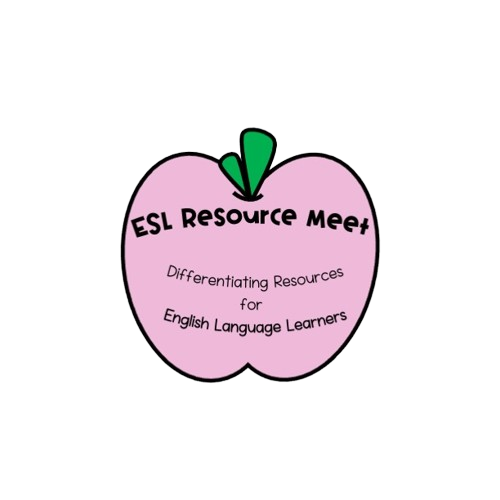


















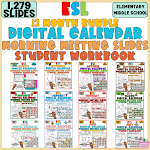


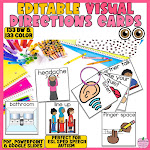













































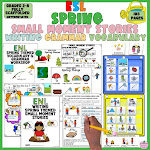




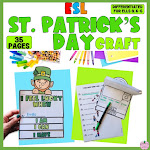
















































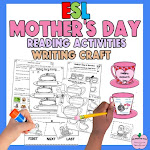
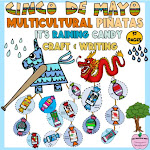
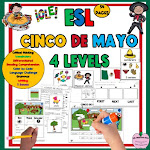
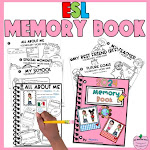




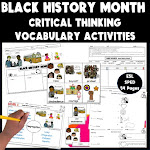
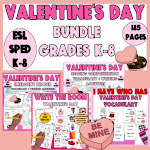


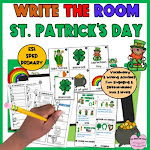
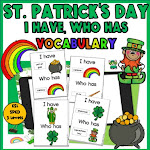
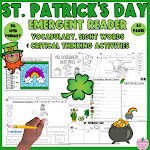



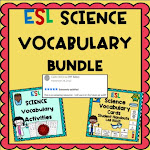




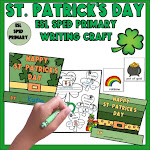

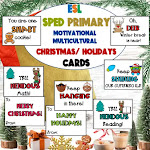


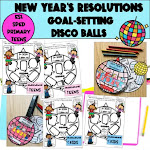
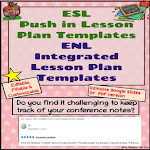



0 Comments